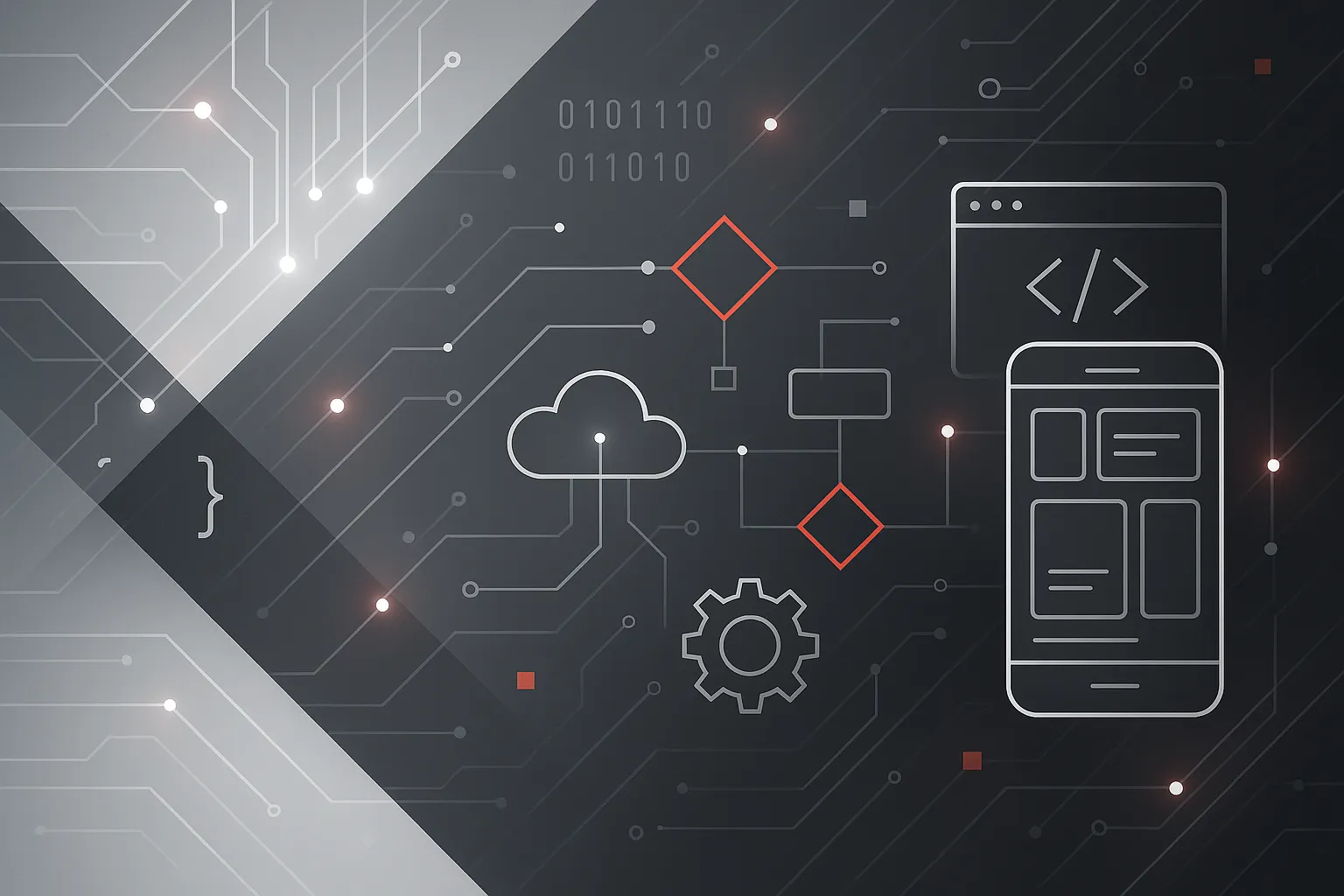As we progress further into 2025, the dynamic arena of web development continues to evolve, leaving developers with critical choices about the tools they deploy. Among programming languages, PHP and Python stand out as contenders for creating robust web applications, each exhibiting unique strengths and challenges.
Historical Context and Current Utilizations
PHP, a venerable scripting language originally tailored to web development, has long held a pivotal position in backend development frameworks, notably with tools like Laravel enhancing its flexibility and efficiency. PHP can integrate seamlessly into HTML, allowing developers to embed scripts directly within web pages. For example, you might find PHP code interspersed with HTML to dynamically generate content on a webpage.
On the other hand, Python, with its pervasive simplicity and adaptability, transcends the boundaries of web development, offering applications ranging from data analysis to machine learning. Frameworks such as Django and Flask highlight Python's role in building scalable and robust web applications, making it a favorite for developers who need rapid development capabilities with clean, readable code. This versatility, aided by Python’s open-source backing, cultivates a thriving ecosystem that continues to gain traction among modern developers as of 2024.
Technical Strengths, Challenges, and Looking Forward
When examining "PHP vs Python for web development," one must consider their respective technical strengths. PHP's speed and integration capabilities enable easy incorporation into HTML, which is highly prized for straightforward web architecture design. Conversely, Python's clean syntax allows for faster development and easier maintenance—an asset for projects requiring continuous updates and iterations.
Despite these advantages, challenges exist. PHP, while quick out-of-the-box, may require additional configurations for optimal security and scalability in complex applications. Meanwhile, Python's interpreted nature, though beneficial for cross-platform development, can sometimes introduce execution inefficiencies if not optimized properly.
Looking towards the future, both languages exhibit promising paths. PHP's recent enhancements in PHP 8 focus on performance improvements and better error handling, positioning it strongly for web-oriented tasks. Conversely, Python is expected to maintain its increasing traction in fields like AI and data science, aligning with trends in technological development.
Evaluating Future Prospects and Alternatives
As we consider the technological landscape of 2025, adaptability is key. Modern enterprises might also assess languages like Node.js, Ruby, and Go. Each offers unique features: NodeJS, with its event-driven architecture, is great for scalability; Ruby for its elegant syntax; and Go for its efficiency in cloud-native developments.
Thus, choosing between PHP and Python should heavily rely on intended application objectives and infrastructure considerations. Both will continue to play critical roles in the diverse tapestry of web development, augmented by advances in their respective domains.
Charting Your Course in Web Development
In the unfolding year of 2025, web development increasingly demands agility and foresight. As applications grow more complex, developers are encouraged to stay adaptable and informed. Have you experienced using PHP or Python in your projects? Consider sharing insights or challenges you've encountered with peers, stimulating an evolving dialogue around best practices and innovations. Both PHP and Python, with their distinct advantages, are integral to the progression and success in the evolving web development landscape.

